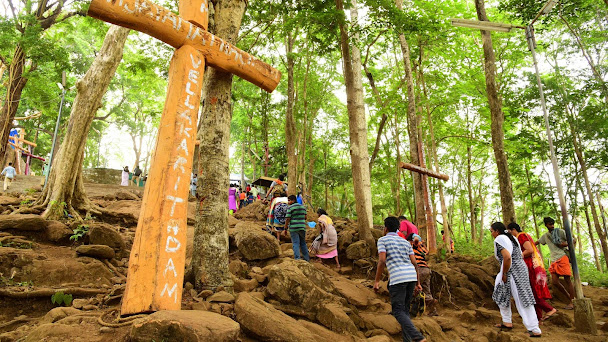Kanakakunnu Palace: The summer palace of Trivandrum
For all who come to Trivandrum a walk around the Napier museum complex & the vast gardens of the Kanakakunnu palace is a must. The beautiful single storeyed palace belonging to the erstwhile Travancore kingdom is considered to be the last of the grand constructions undertaken by the Travancore Kings. The palace today stands proudly on the hill in the centre of the city overlooking the green pastures.
The construction of the palace began in the early 20th century when the Travancore Kingdom was more of a vassal to the British. The empire though had the control over the Travancore region valued the importance of the local King & so the administrative powers were still vested with the king. In 1885 AD Sri Moolam Thirunal Rama Varma ascended the throne & immediately understood the importance of creating new vistas in the city. He made many changes to the existing system to ease administration. Sri Moolam Thirunal ruled Travancore for nearly four decades & in these many years he is said to have started new establishments. The first state legislative assembly of India was started by him in 1888 where there were elected members who made decisions for the state. He is also given credit to have taken a radical decision to abolish the rule of acceding property of heirless landlords to the sovereign. The stamp system, stopping the penalties on unstamped documents, promoting use of paper rather than the traditional cadjan leaves were some of the important decisions taken by him during his reign. He is also the person who initiated the first state bus transport system in Kerala which still continues. It is to be noted that during his reign he stayed at the Kowdiar palace & never spent public money for personal opulence.
The Travancore kings were great hosts & they took pride in entertaining guests from all over the world. By the start of the 20th century, the demographics of the guests widened with many Europeans visiting the land & as the titular king it was necessary for Sri Moolam Thirunal to accommodate the state guests. The large gala events could not continue at the Kowdiar palace & there was a need to construct a place only for the European guests. This need is behind the construction of the Kanakakunnu palace & so the local architects started work on building a grand structure. The palace design was to have large halls & auditoriums to accommodate guests for events. It was also necessary to build such a structure as the state guests complained of not being served meat during the events. The Travancore family were vegetarians & no meat was served in any of their palaces, the new Kanakakunnu palace was given exclusive right to serve meat & fish to the guests.
The engineers are the ones who suggested this place over a mountain which was vacant land & close to the official residence of the King creating a citadel. The construction of the palace was ordered & it was decided that the design would be based on both Kerala & European styles to give it a modern outlook. The outer structure is based on Kerala traditional design while the interior rooms have a European feel with decorated plaster work, wooden panels & large French style windows. The large halls were designed in such a way that they could accommodate a large gathering with linear verandas. The whole structure was constructed using laterite stones which were excavated from the same hill & the iconic red color was given to the palace as it gave the palace a distinct exterior beauty when seen from the Napier museum which also had similar hue. The palace also was completed with beautifully landscaped exteriors so that they could also be used for open events. The whole palace complex became an instant hit with the British who conducted most of their events here while the King encouraged social & cultural events here. Sri Moolam Thirunal & the rulers that followed him also used the palace as a summer palace taking time out of their existing palace in Kowdiar.
The palace continued to be used as a venue for different events in Trivandrum & the Travancore rulers took great care in renovating the palace in later years. After independence, the palace like most other buildings under the Travancore rule were taken over by the Indian government but it continued to fulfil its purpose as it was built for. The state functions, festivals, and important events in Trivandrum are still conducted at the Kanakakunnu palace. The palace is not open for entry to the local public but they can always walk around its premises. There are many artefacts which are stored inside the palace & is under the control of the state archaeological department. The Kanakakunnu palace over the years has added many new complexes within its expanse like the tennis court, the iconic amphitheatre – Nishagandhi which has hosted many of the important programmes of celebrated artists.
Today the Kanakakunnu Palace as its name is a gem of Trivandrum, one that continues to exist in the same way as how Sri Moolam Thirunal envisaged it. There are not many who would miss a visit to this beautiful palace complex on their visit to Trivandrum & if lucky be part of some important event here.
.jpeg)



Comments
Post a Comment